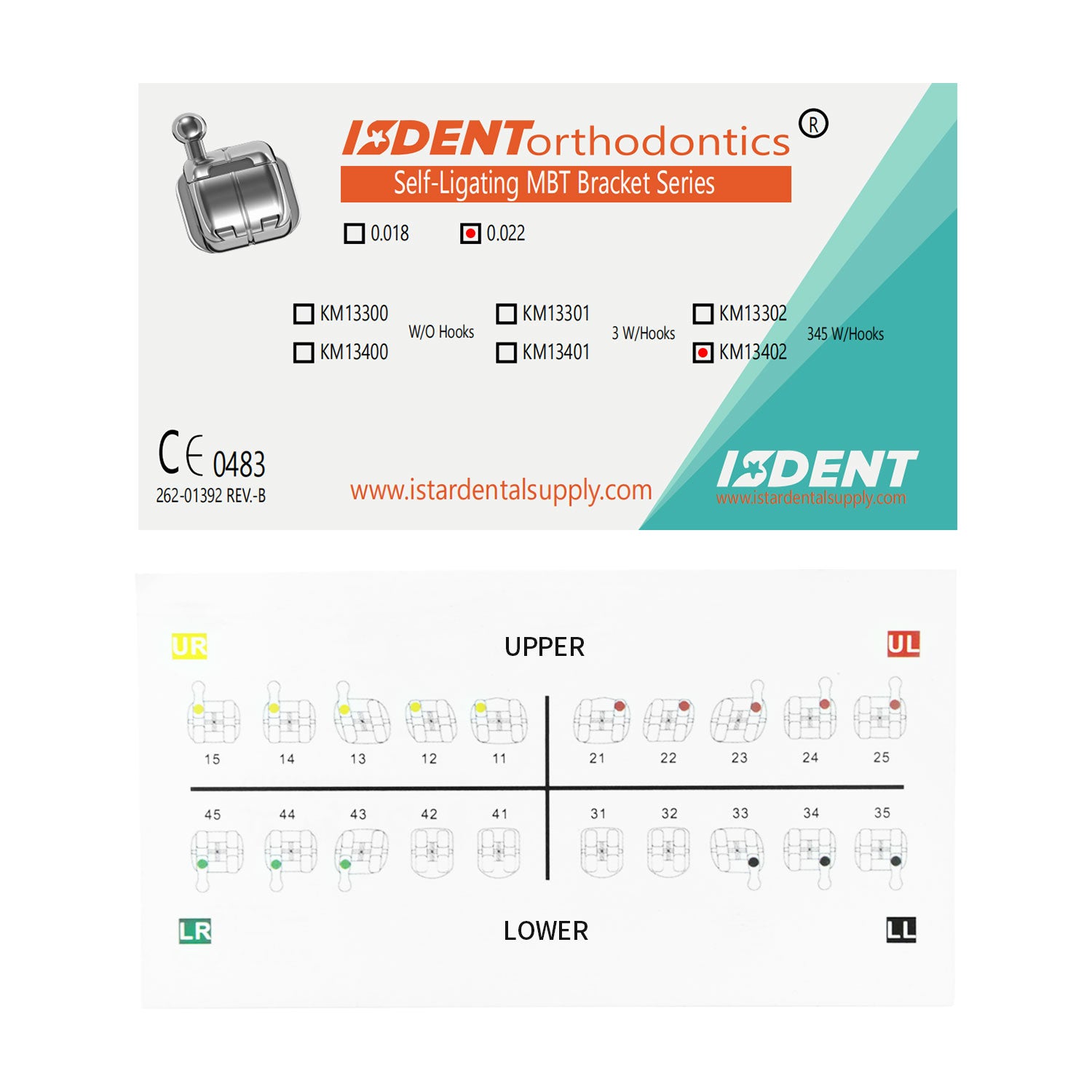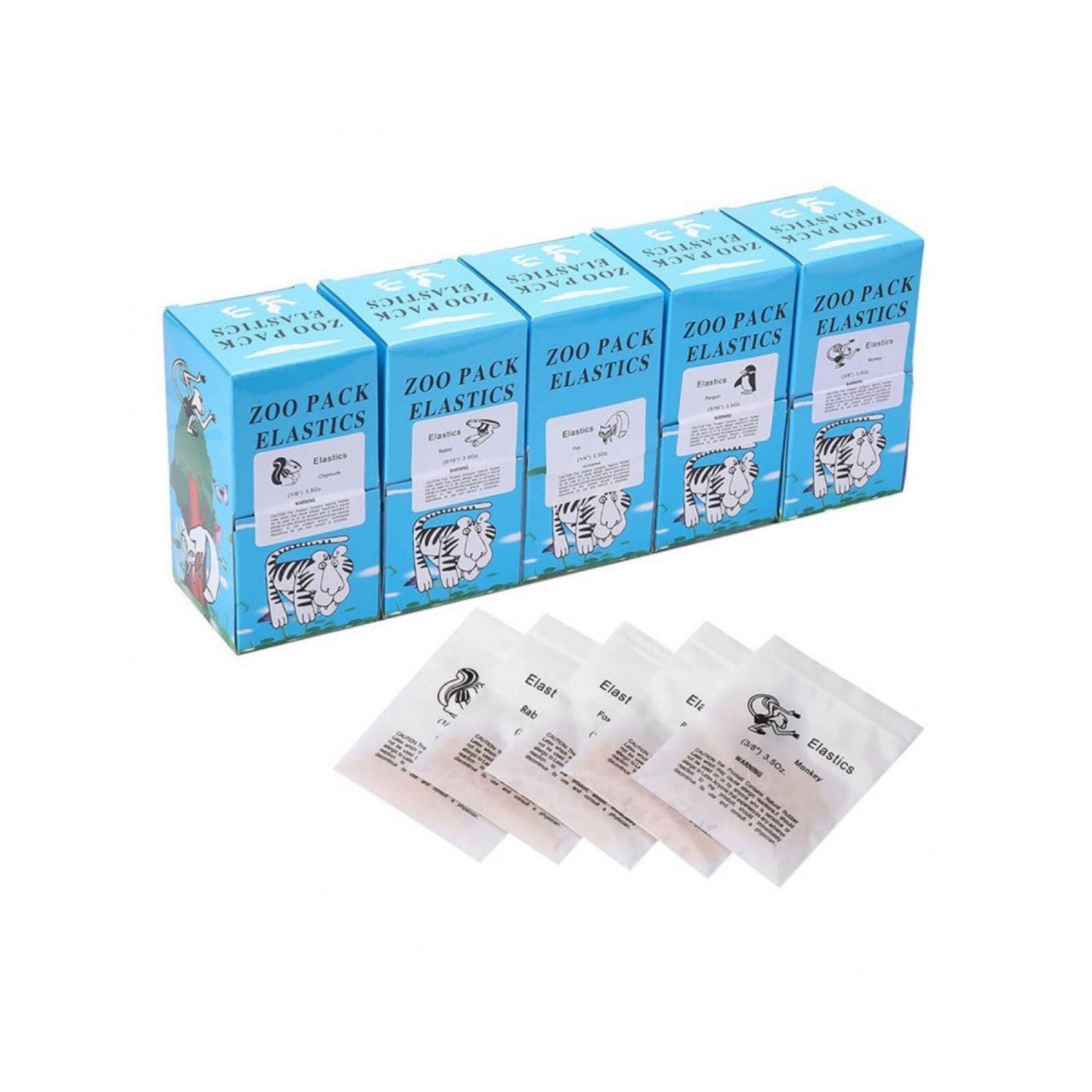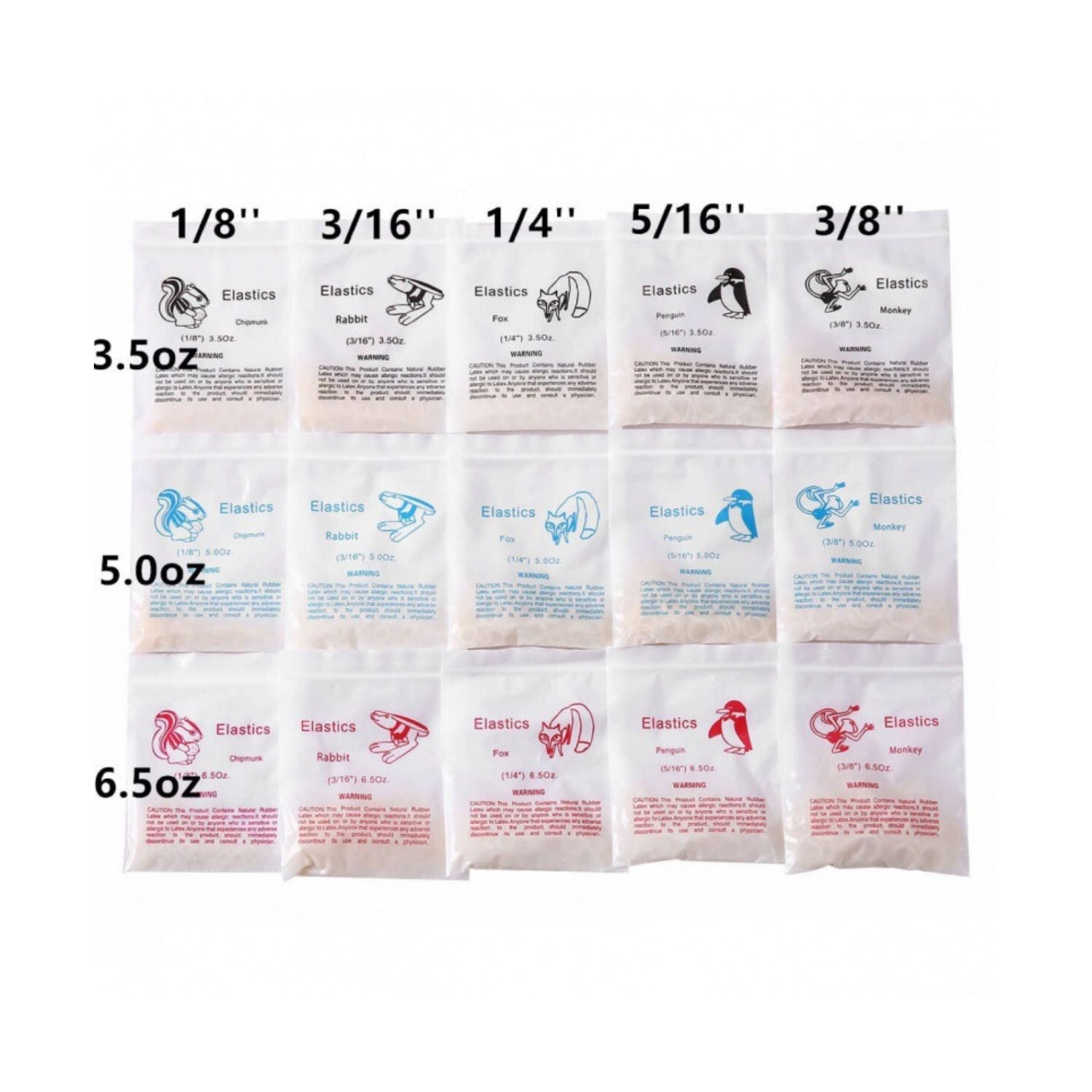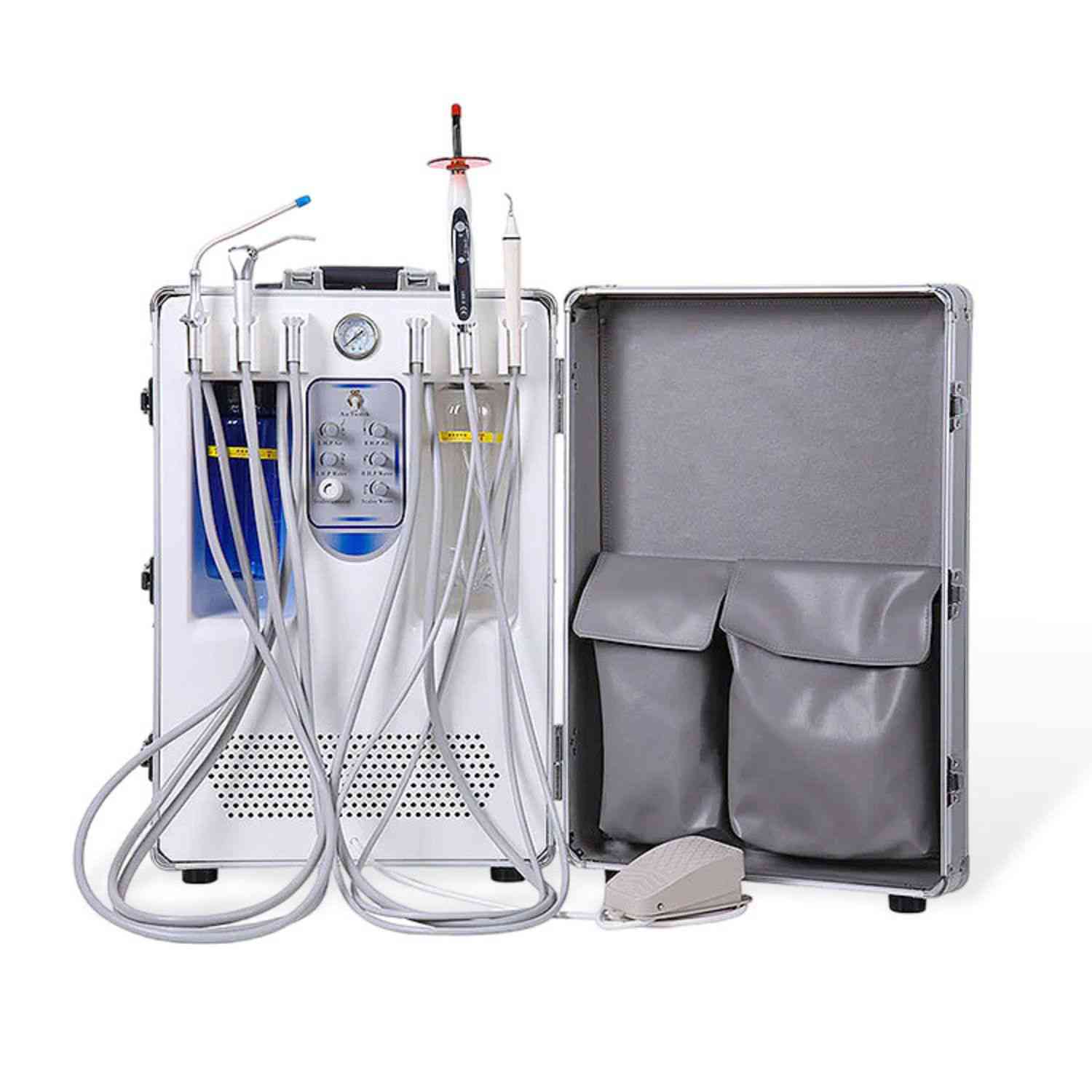The Biggest Challenge in Cosmetic Dentistry: How to Address Common Dental Restoration Problems and Get the Right Shade for Your Tooth
One day, a friend of mine, a top dental professional, shared a story that really stuck with me. He had a patient who spent thousands on a beautiful new dental crown for a front tooth. The work was perfect. The fit was great. But one thing was wrong. The color was just a tiny bit off. It was a little too bright. And every time she looked in the mirror, it was all she could see. This is one of the most common challenges in cosmetic dentistry.
This article is for anyone who is thinking about getting a dental restoration, like a crown, veneer, or filling. It’s for you if you’re worried about getting a perfect shade match for your tooth. I’m going to share some of the common cosmetic dental problems I’ve learned about and, more importantly, the solutions. We will look at why shade selection is tricky and what you can do to help your dentist get it right the first time. Reading this will help you feel more in control of your dental treatment and happier with your new smile.
Why Is Getting the Right Tooth Shade So Hard?
You might think picking a color for a tooth is easy. But it’s one of the biggest common challenges in restorative dentistry. Your natural teeth are not just one flat color. They have many different shades and a see-through quality, especially at the edges. The light in the room, the color of your clothes, and even the time of day can change how a tooth looks. This makes the shade matching process very difficult.
Your dentist has to consider the color of the tooth neck, the main body of the tooth, and the biting edge. Each part can be a different shade. They also have to think about the material they are using for the dental restoration. A porcelain crown reflects light differently than a composite resin filling. A premier dental practice will take great care, but it’s a mix of art and science to get that accurate shade. The goal is to make the new tooth look exactly like the patient's teeth next to it.
The goal of esthetic dentistry is to copy nature. And nature is complex! A tooth has depth. This is why a simple color swatch isn't always enough. A good dental professional will use multiple tools and techniques to find the right shade. They might take photos, use special lights, and even create a "shade map" of your tooth to send to the dental lab. This level of detail is needed for a truly seamless dental restoration.
What Are the Most Common Cosmetic Dental Problems We See?
When we talk about cosmetic dental issues, a few problems come up again and again. One of the most common is having discolored teeth. This can be from coffee, tea, smoking, or just getting older. Stained teeth can make you feel self-conscious. Another major issue is a chipped tooth or a broken tooth. This can happen from an accident or from biting down on something hard. This kind of dental problem can affect both the function and appearance of your teeth.
Other common cosmetic dental problems include crooked teeth, gapped teeth, or even missing teeth. A crooked smile can be fixed with braces, but for small gaps or uneven teeth, cosmetic dentistry offers faster solutions. A missing tooth is a bigger problem. It needs a solution like a dental implant or a bridge to restore your smile and oral health. Even teeth grinding can cause problems, wearing down your tooth enamel over time.
All of these issues can be fixed with modern dentistry. The key is to find the right cosmetic dental treatments for you. For example, stains might be solved with teeth whitening. A chip can be fixed with dental bonding. A missing tooth can be replaced with an implant and a beautiful new crown. The right dental procedure can fix your smile and boost your confidence.
How Does a Dentist Choose the Right Tooth Color for a Restoration?
Your dentist will likely use a tool called a shade guide. This is a set of fake teeth in many different shades. They are often labeled with letters and numbers, like A1, B2, C3. The dentist holds this shade guide next to your tooth to find the closest match. They do this in natural light if possible, because the lights in a dental office can change the color.
The dentist doesn’t just pick one shade tab. They look for the shade that matches the main part of your tooth. They might pick another shade for the part of the tooth near the gum line, and another for the edge. This information creates that shade map we mentioned earlier. This map is a guide for the person at the dental laboratory who will make your crown or veneer. This careful process is key to dental shade matching.
A top dental professional will often ask for your opinion too. They will hold the chosen shade tab next to your tooth and let you see it in a mirror. This is your chance to speak up if something doesn’t look right to you. Good communication between you, your dentist, and the dental lab is the secret to getting a great shade match. The goal is for the restoration to blend in so well that no one can tell it’s not your natural tooth.
What If I Have a Chipped or Broken Tooth?
A chipped tooth is a very common dental problem. Luckily, this is often an easy fix. For a small chip, the best dental option is often dental bonding. This is where the dentist applies a tooth-colored composite resin to the tooth. The resin is like a soft clay.
The dentist shapes the resin to fix the chip and restore the original shape of the tooth. Then, they use a special light to harden it. Finally, they polish the resin so it matches the shine of your other teeth. The dentist is very careful to choose a resin color that is a perfect shade match for your tooth. When done well, you can’t even tell a repair was made. This is a simple and fast dental procedure.
For a larger break or a broken tooth with decay, a dental crown may be needed. A crown covers the entire tooth structure, making it strong again. The process for a crown involves preparing the tooth, taking an impression, and then creating a permanent crown in a dental lab. Here, getting the tooth shade right is very important, especially for a front tooth. A good cosmetic dentist will work hard to make sure your new crown looks completely natural.
Can You Fix a Single Discolored Tooth?
Yes, you can. Having one tooth that is darker than the rest is a common cosmetic dental issue. This can happen if the tooth has had a root canal or suffered an injury. The tooth can discolor from the inside. A regular teeth whitening treatment won't work on this kind of stain. So, what is the option to fix it? Your dentist has a few great solutions.
One option is called internal bleaching. The dentist places a whitening agent inside the tooth for a short time to whiten it from the inside out. This can be very effective. If that doesn't work, or if the tooth is also misshapen, a porcelain veneer might be the answer. A veneer is a very thin shell of porcelain that is bonded to the front surfaces of your teeth. The dentist can choose the perfect shade for the veneer to match your other teeth. Porcelain veneers can completely change the appearance of your teeth.
For a tooth that is very dark or has a lot of damage, a dental crown is the best solution. The crown covers the dark tooth completely. The dental lab will create a crown that is the perfect tooth shade to create a beautiful, even smile. Your dentist will help you choose the best dental treatment based on your oral health and your goals.
My New Dental Crown Doesn’t Match! What Can I Do?
This is the exact problem my friend’s patient had. It is a frustrating situation. You've gone through the dental procedure and paid for the work, but the result isn't right. The first thing you should do is talk to your dentist. Do not be shy. You are the customer, and you should be happy with your dental restoration. A good dental practice wants you to be happy.
When you go back, explain what you see. Is the tooth too white? Too yellow? Too gray? Is it not see-through enough? Your dentist will look at the crown in your mouth and compare it to your other teeth. Sometimes, the problem is with the cement used to bond the crown, which can affect the final tooth color. Other times, the shade was just not quite right from the dental lab.
Most of the time, the dentist will agree to fix it. They may try to change the color with a special stain or glaze right in the office. If that’s not possible, they will likely offer to remake the dental crown at no extra cost to you. They will take a new shade, maybe with more detailed photos and notes, and send it back to the dental laboratory. It’s an extra step, but it’s worth it to get a result you love.
Should I Whiten My Teeth Before Getting a Dental Crown?
This is one of the most common questions people ask, and the answer is almost always yes. Here’s why. A dental restoration, like a porcelain crown or veneer, cannot be whitened. The color that your crown is made in is the color it will stay. So, if you are unhappy with the current shade of your natural teeth, you should whiten them first.
The process is simple. First, you get a professional whitening treatment from your dentist. This will get your teeth to a brighter, whiter shade that you are happy with. After the whitening is done and the color has settled for a week or two, your dentist will start the process for your new crown. They will then use the shade guide to match the crown to your new, whiter teeth. This ensures that your entire smile is bright and even.
If you get a crown that matches your current, darker teeth and then decide to whiten them later, you will have a problem. Your natural teeth will get whiter, but your crown will not. It will stand out and look dark or yellow in your new, bright smile. Doing a professional teeth whitening treatment before your restorative dentistry work is a smart investment in your final look.
What Materials Are Best for a Perfect Shade Match?
The materials for dental restorations have gotten so much better over the years. When it comes to getting a perfect shade match, the best material is often porcelain. Porcelain has a see-through quality that is very similar to natural tooth enamel. It reflects light in a way that makes the restoration look alive and natural, not flat and fake. This is why porcelain veneers and crowns are so popular in cosmetic dentistry.
Another great option is composite resin. This is the tooth-colored material used for dental bonding and fillings. Modern composite materials come in a huge range of shades and translucencies. A skilled cosmetic dentist can layer different shades of composite to perfectly copy the look of a natural tooth. It's a great choice for smaller fixes like a chip or filling a small amount of tooth decay.
The choice of dental materials depends on your specific dental problem. For a back tooth that needs to be very strong, a crown made of zirconia layered with porcelain might be best. For a front tooth where looks are everything, an all-porcelain crown or veneer is often the top choice. Your dentist will discuss the best materials for your needs, balancing strength, beauty, and cost.
How Can I Prevent Stains on My Tooth and Dental Restoration?
Once you have your beautiful new smile, you want to keep it that way. Good oral hygiene is the most important step. Brushing your teeth twice a day and flossing once a day will help remove plaque. Plaque can make your teeth look dull and can lead to decay. Using a non-abrasive toothpaste is important, especially if you have a composite resin restoration, as harsh pastes can scratch the surface.
You should also be careful about what you eat and drink. Things like coffee, tea, red wine, and dark berries can stain your teeth. They can also stain some dental materials over time. I’m not saying you have to give them up! But rinsing your mouth with water after you have them can help. Drinking dark liquids through a straw can also reduce contact with your front teeth.
Regular dental checkups and cleanings are also key. Your dental hygienist can polish away surface stains from both your natural teeth and your tooth restorations. This keeps your smile bright and allows your dentist to check on the condition of your dental work. Good oral hygiene at home and regular professional care are the best ways to protect your investment in cosmetic dental work.
What Common Questions Should I Ask My Dentist About Tooth Shade Selection?
Being an active part of your dental care is important. Before you get a new crown or veneer, you should feel comfortable asking questions. This will help you and your dental team get on the same page. It will ensure you get the result you want.
Here are a few good questions to ask. You can ask, "How will you choose the shade for my new tooth?" This opens the door for them to explain their shade matching process. You can also ask, "Can I see the chosen shade next to my tooth before you send it to the lab?" This lets you be part of the decision. Another great question is, "What kind of lighting will we use to check the color?" Natural light is best.
You might also ask, "What happens if the crown comes back from the lab and the color isn't a perfect match?" Knowing their policy on remakes will give you peace of mind. Lastly, if you are thinking about whitening, ask, "Should I do a professional whitening before we start this dental work?" Asking these questions shows your dentist you care about the details and helps build a strong partnership for your aesthetic dental care.
Key Takeaways to Remember
-
Shade matching is complex. A natural tooth has many shades and is see-through. A good dentist uses a detailed process to find the right tooth shade.
-
Speak up. If a new crown or veneer doesn't look right, tell your dentist immediately. A good dental practice wants you to be happy with the final dental restoration.
-
Whiten first. If you want a brighter smile, whiten your natural teeth before you get any permanent dental work like a crown. Restorations cannot be whitened later.
-
Ask questions. Be involved in your tooth shade selection. Ask to see the shade tab and understand the process.
-
Good oral hygiene is key. Brush, floss, and get regular cleanings to prevent stains and keep your natural teeth and restorations looking their best.









